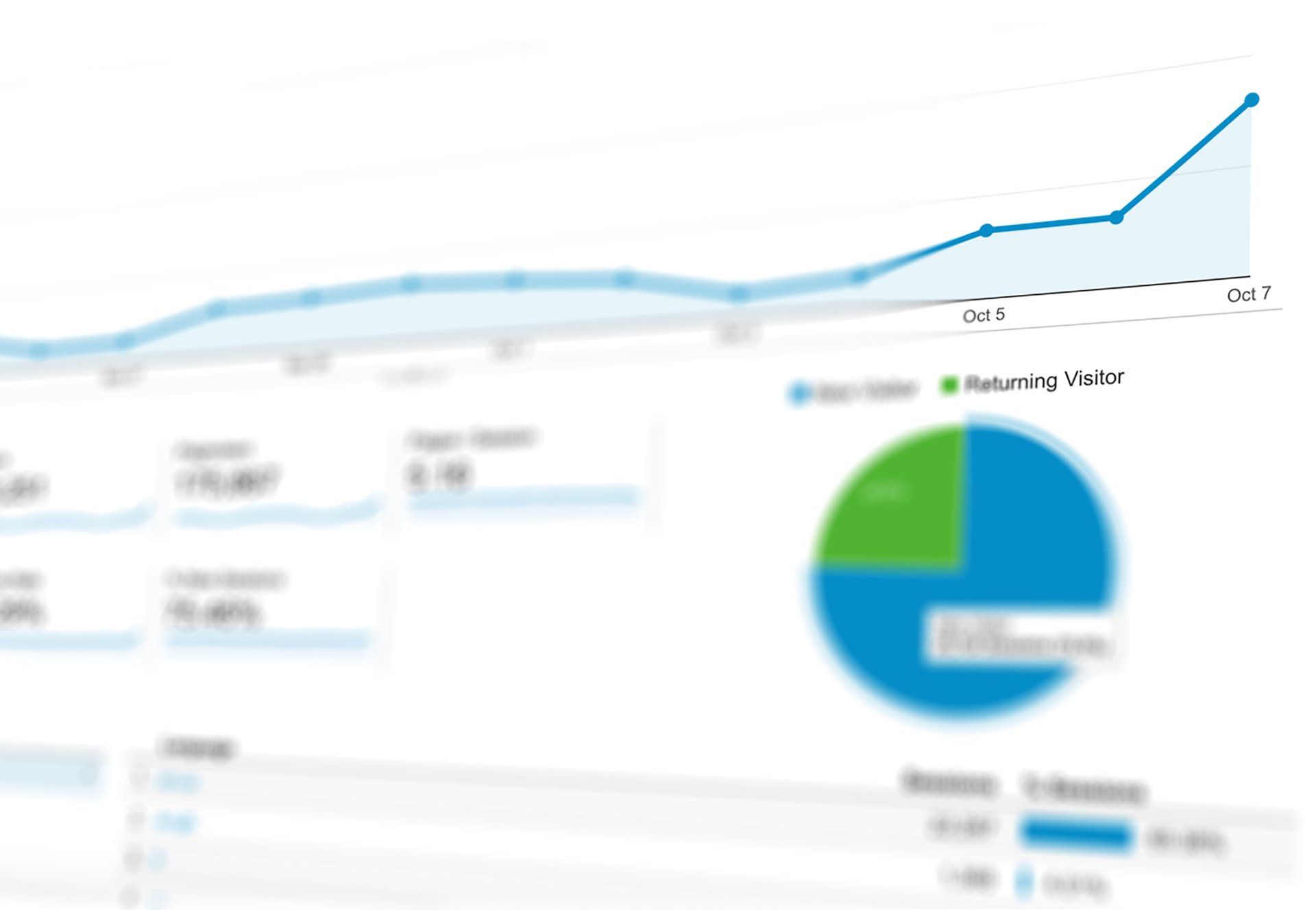Identifying Email Scams: Tips for Online Security
How to Spot Email Scams: Protecting Yourself in the Digital Age
In the digital era, emails have become integral to our daily lives. However, increased connectivity comes with the risk of falling victim to email scams. Cybercriminals have become adept at creating convincing messages to deceive recipients into divulging sensitive information or clicking on malicious links. Protecting yourself from these scams requires vigilance and awareness. Here's how to identify and avoid email scams.
Check the Sender's Email Address
Pay close attention to the sender's email address. Scammers often create addresses that imitate legitimate ones, but subtle differences may reveal their deceit. Verify the sender's legitimacy by cross-referencing the email address with the official contact information of the supposed sender.
Beware of Urgent or Threatening Language
Scammers often use urgency or threats to manipulate recipients into immediate action. Be cautious if the email claims that your account will be suspended or legal action will be taken unless you promptly respond or provide personal information.
Hover Over Links Before Clicking
Before clicking any links in an email, hover your mouse pointer over them. This action will display the actual URL. If the URL differs from what the email claims, it's likely a phishing attempt to lead you to a malicious site.
Look for Spelling and Grammar Mistakes
Many scam emails contain spelling and grammar errors. Legitimate organisations usually proofread their communications. If the email has multiple mistakes, it's likely a scam.
Verify Requests for Personal or Financial Information
Legitimate institutions will never ask for sensitive information, such as passwords, credit card details, or social security numbers, via email. Be wary of any email requesting such information, even if it appears to be from a trustworthy source.
Be Cautious with Attachments
Attachments can carry malware that infects your device. Only open attachments from senders you trust; even then, scan them with antivirus software before opening.
Don't Respond to Unsolicited Requests
If you receive an email from an unknown sender or an unexpected source, refrain from responding. Ignoring such emails is often the best course of action.
Verify with the Source
If you receive an email requesting sensitive information or payment, independently verify its legitimacy by contacting the organisation directly using contact information from their official website or a trusted source.
Enable Two-Factor Authentication (2FA)
Enable 2FA for your accounts whenever possible. This adds an extra layer of security, even if your email credentials are compromised.
Conclusion
Email scams can be sophisticated and convincing, but staying informed and vigilant can protect yourself from falling prey to these deceitful attempts. Always trust your instincts, verify information independently, and prioritise security measures. With these practices in place, you can confidently navigate the digital landscape while keeping your personal and financial information safe from cybercriminals.



Professional websites and digital marketing based in Toowoomba QLD 4350
© Clear Pixel 2023








